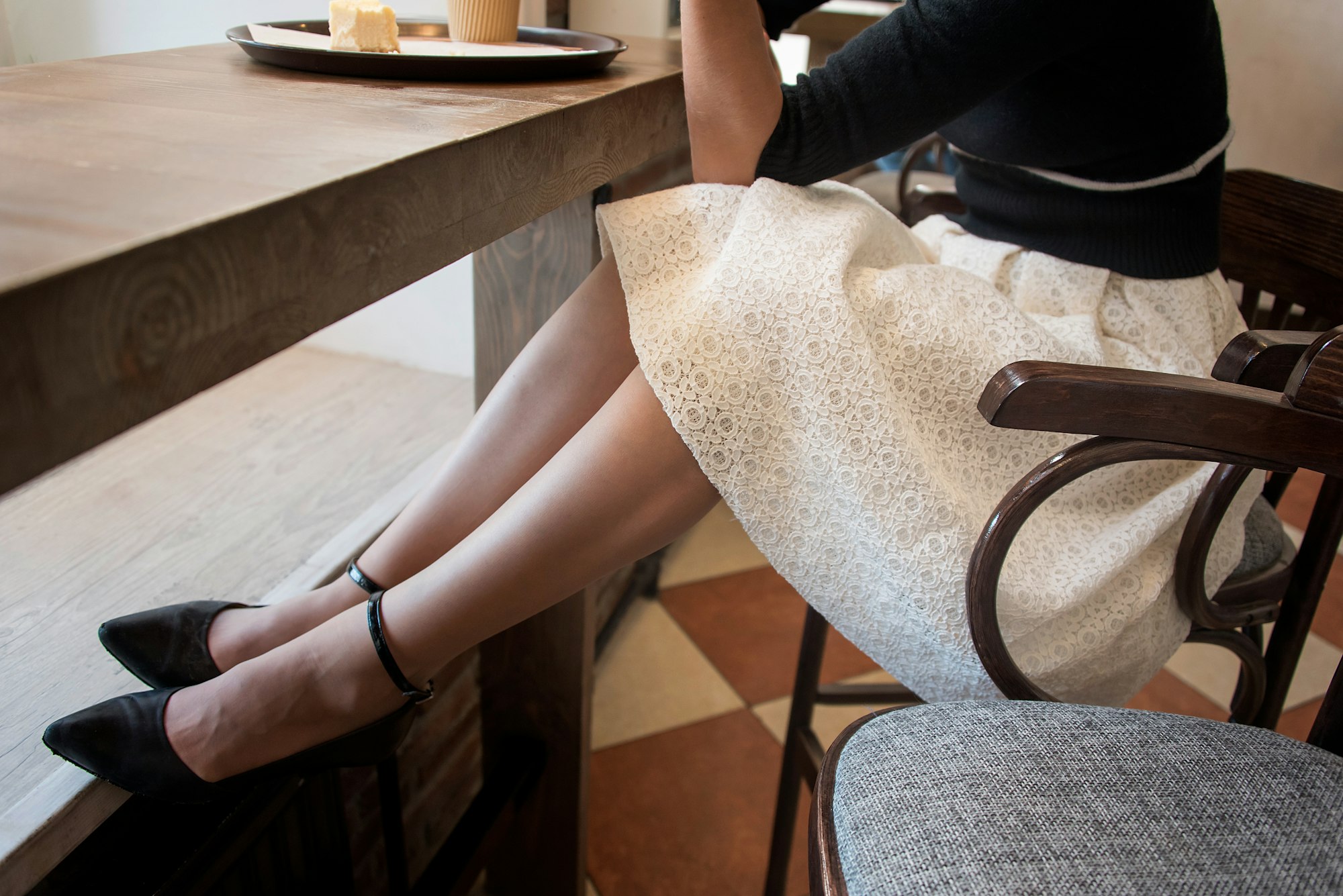A year ago, Australian travel influencer Jacki Hodge posted a TikTok warning people to “dress appropriately” in Rome. She shared her experience on being barred from entering iconic landmarks like the Vatican while wearing a low-cut backless dress (Wilson 2023).
Some viewers were grateful for the advice, while others were shocked by what they saw as ignorance. Regardless, the TikTok inspired conversations around clothing rules in different cultures. There are various cultural outlooks on fashion, and Hodge’s experience is just one example that highlights the value of adhering to local custom. Knowing what not to wear— the fashion taboos— is crucial.
The Importance of Knowing Cultural Fashion Taboos
Fashion is influenced by the history, religions, and customs surrounding us; it is a reflection and a facet of culture. Communities around the world have shaped distinctive ‘dress codes’ that are woven into everyday life. Understanding these official or implicit fashion rules allows one to avoid taboos that could be offensive or inappropriate, and is a vital part of respecting diverse backgrounds. What’s more, considering fashion rules can be a profound way of getting a glimpse into other societies and their ways of life.
Fashion Taboos Around the World
There are countless unique cultures— and fashion taboos— around the world.
For instance, clothing cannot show shoulders, cleavage, or knees in many Middle Eastern societies, particularly Muslim ones. Tight clothes and provocative slogans are some more taboos (Busbee 2022). These guidelines reflect the centrality of the Quran to Islamic society. In fact, variations in these rules have emerged due to different interpretations of the Quran (Shimek 2012); some places like Dubai are more lenient, while fully covering up is necessary to avoid being disrespectful in Iran and Saudi Arabia (MacBride 2018).
Similarly in Japan, tops showing stomachs or shoulders are viewed as inappropriate. Tattoos are a serious taboo, and can even prevent entry into swimming areas and nightclubs (Jo 2024).
Certain events honored across cultures also have differing clothing guidelines that you may find surprising.
Funeral wear actually varies between cultures. Black is typically worn to funerals in Western countries. It is even the official color of mourning in Italy, as well as other European countries, where Catholics are a majority (Birnbaum). In Japan, men must wear a black suit and tie, and women are similarly required to wear a black dress or skirt (Kat 2021). For those who are from Europe, Japan, and many other countries, wearing anything other than dark colors would be wildly inappropriate.
 (Source – The Daily Mail)
(Source – The Daily Mail)
Yet, the opposite is true for Hindu funerals. White is commonly worn as a symbol of purity and rebirth, and wearing black is actually something to avoid — a taboo. In another example, South Africa uniquely considers red as an image of the Apartheid era and therefore as one of their colors of mourning. Meanwhile, red is associated with good luck in China and is never worn to funerals (Birnbaum).
 (Source – Hitched)
(Source – Hitched)
A wedding is another situation which occurs across cultures but has various rules on what one can and cannot wear. In many communities, wearing white— the bride’s color— to a wedding is taboo. While white is also a color that should be avoided at Hindu weddings, the reason is not because white is associated with the bride, but rather with funerals. Brides in Indian weddings wear red instead, making red a fashion taboo for guests at such weddings. For the same reason, red should be avoided at Chinese weddings as well. It is also disrespectful to wear black to a Chinese wedding, as the color is linked to bad luck in their culture (Ribeiro 2019).
These fashion taboos are just a few examples of the many that exist around the world. Clothing rules have been uniquely sculpted by traditions, beliefs, and mores, and allow everyday lifestyles and common experiences to carry a cultural touch. Yet, taboos change over time. Consider how trousers were once taboo for women in societies where jeans are now a wardrobe staple. While it is important to respect cultural fashion taboos, it is intriguing to imagine how the rules might change with the cultural events and shifts happening around us.

















